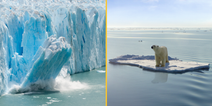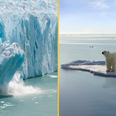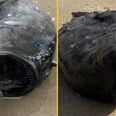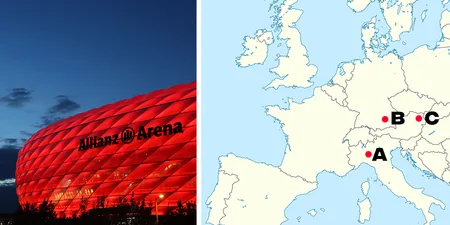Temperatures rose over 16C in central London
Following a milder-than-usual December, the UK is currently experiencing the hottest New Year’s Day on record after temperatures rose to over 16C in central London earlier today.
Expert meteorologists have recorded a new top spot for the highest maximum temperature captured on January 1, with weather in St James’s park in the capital setting a provisional record of a whopping 16.2C.
The Met Office’s Twitter account has been reporting on this warm New Year’s Day, with the possibility that even London’s record-breaking mild weather could be toppled before the day is through.
Taking to their socials, The Met Office said: “Whilst we await confirmation of any new highest minimum #temperature records, St James’s Park has now provisionally beaten the record for the warmest #NewYearsDay.”
Whilst we await confirmation of any new highest minimum #temperature records, St James's Park has now provisionally beaten the record for the warmest #NewYearsDay. Further temperature updates will be issued later pic.twitter.com/s3QIiFbNJP
— Met Office (@metoffice) January 1, 2022
This weirdly warm weather has been attributed to a flow of warm subtropical air originating from the Azores.
The news comes just a day after The Guardian reported that the UK had experienced its warmest New Year’s Eve on record, with temperatures in Coningsby, Lincolnshire reaching 15.3C and Ryehill, East Yorkshire hitting 15.3C.
The outlet even reported that customers visiting the ice rink in London’s iconic Somerset House were turned away due to unseasonably warm temperatures which forced it to close. Customers were issued a full refund.
Skate Update: Due to the effect of the on-going warm temperatures on the quality of the ice, we have had to make the difficult decision to also close our ice rink on 1 January. All customers are being contacted directly and given a full refund. 1/2
— Somerset House (@SomersetHouse) December 31, 2021
However people are being urged to enjoy this mild weather while it lasts, with reports of cold winds originating from the Arctic due to arrive as early as Tuesday next week, resulting in frost and even snow for some parts of the UK.
Speaking to Sky News, Met Office forecaster Dan Stroud explained that “We are going to be losing the sub-tropical air flow and replacing it with some things from the north.
“Temperatures will definitely go back to average, with a return of frost and some snow in the forecast across north areas and across the hills.”
Typically, temperatures in late December and early January are expected to be closer to 7C or 8C, making this spike in temperature a noticeable anomaly – or yet another sign of global warming.
Related links:
- The best New Year’s Eve fireworks celebrations from around the world
- New Year Honours list: Tony Blair and Chris Whitty knighted, David Beckham snubbed
- London New Year’s Eve fireworks will go ahead



















































